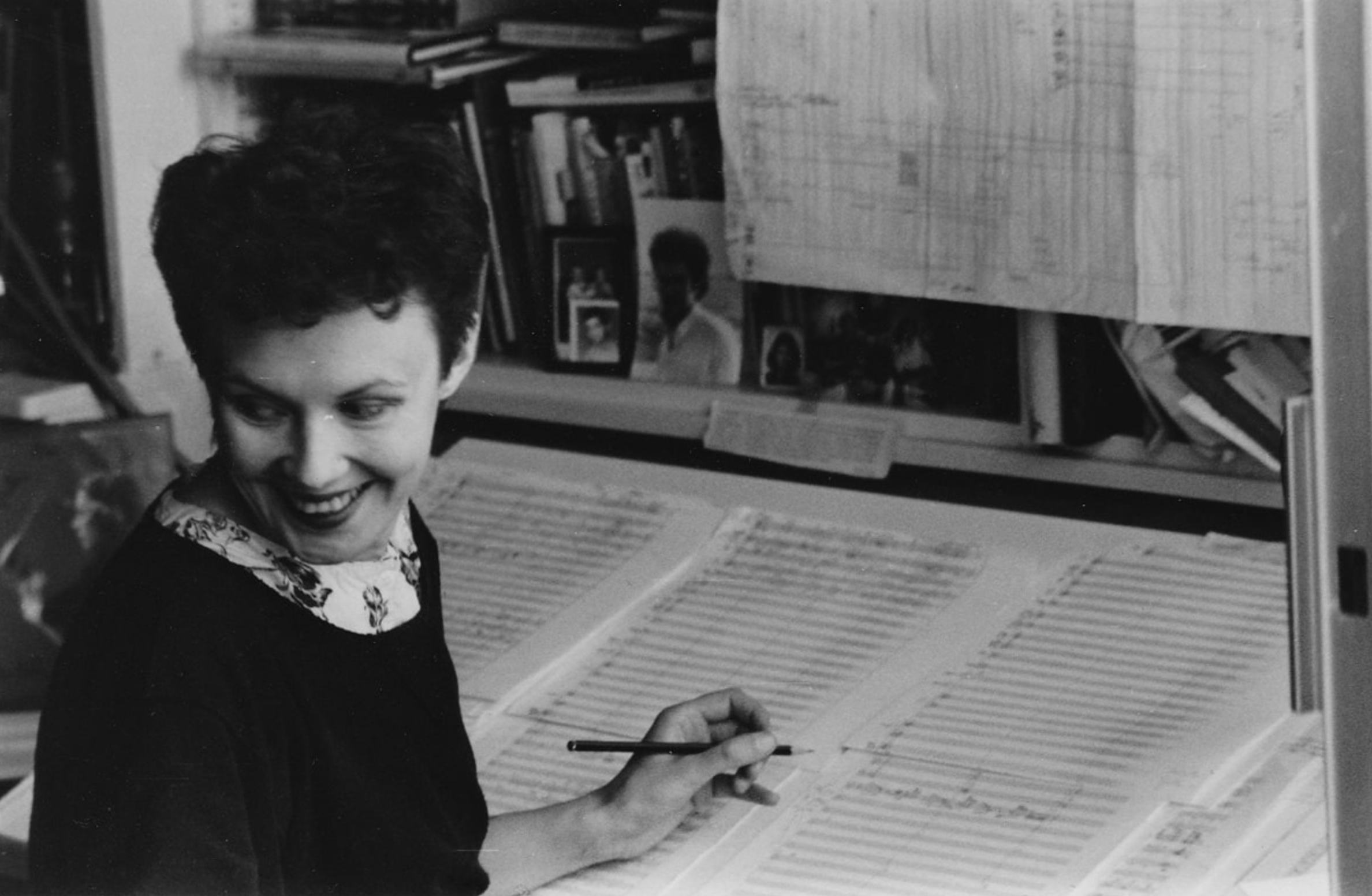Essays
Below are some of my recent essays on music. To read my other writings, ponderings, diatribes, on topics other than music (politics, culture…at times the occasional baseball essay), check out my Substack: https://robrankin.substack.com/
Deceptive Tunes
Mozart and the art of lying beautifully
November 2023
The Last Dance
The Life and Death of New York's Savoy Ballroom
February 2023
Unfinished Work
Oliver Knussen’s long awaited ‘Cleveland Pictures’
June 2022








